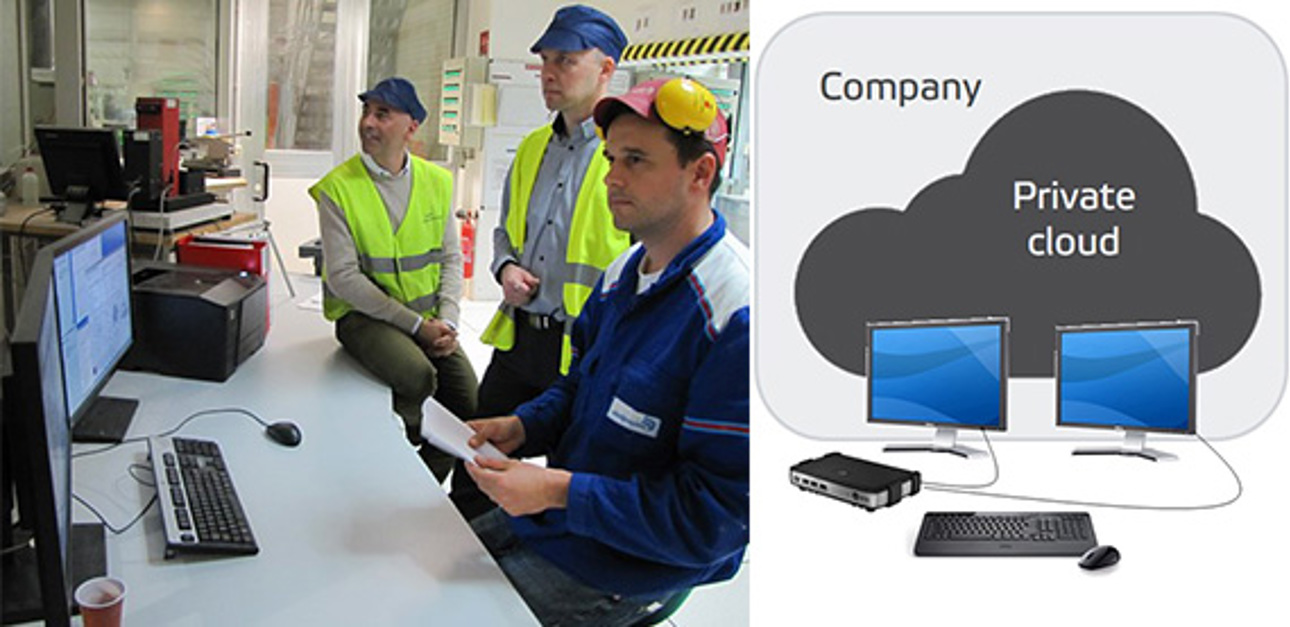Related links
May 4, 2016
Faced with an automation upgrade at its Delipapier plant in Frouard, France, Sofidel took the advanced step of virtualizing the control and quality systems on tissue machine 1.

“We started on virtualization for tissue production with Valmet* because of our long experience with the company and confidence in Valmet’s control and quality systems expertise to meet the many challenges of duplicating all the functions in a virtual machine,” remarks Fabrizio Lapucci, Corporate Automation Manager at Sofidel. “With the new DCS and QCS, the latest software and the advantages of virtualization, everything is going in the right direction, and we are pushing the automation as much as we can.”
A traditional upgrade would have involved a substantial investment to replace computer hardware and automation infrastructure to basically substitute a like for like, albeit newer system. Replacing the many servers or PCs in a distributed system not only alleviates questions of reliability and spare part availability but also addresses the ability of using newer software to take the latest advances of automation technology into use.
Virtualization allows the physical computer hardware to be separated from the software by creating Virtual Machines (VM) in a host server to provide a much more fault tolerant and stable environment for critical applications. This solution significantly reduced the computer hardware required in the upgrade and lowers the expense of maintaining multiple operating platforms in the mill.
The DCS and QCS upgrade at Délipapier provided Lapucci with the opportunity to realize the world’s first virtualization of a process and quality control system on a tissue machine.
Improved process visibility
For Production Manager Stephane Bonnet, the main result of the virtualization project is a new DCS and QCS, “For me, the new tools are really nice but I don’t need to be familiar with the technology behind them. Everything is fine, and there have been no problems. It looks very compact and is very reliable so for me and the operators it is transparent. After just one week, the operators were familiar with the new system and comfortable with the operation.”
New tools to improve process visibility include Valmet DNA Historian, a high-performance data management system that collects real-time process data; including all measurements, set points, controller outputs, device statuses, motor starts, alarms and operation tracking to the history database. According to Bonnet, “We have immediate access to details about a problem whether it occurred at the weekend or six months ago. We use it all the time to improve the process. Recently, during a problematical color change it made it easy to see that a small mistake had been made with consistency and in the future we will be able to avoid that. Previously this problem with a consistency set-point would not have been seen; now we know to do and have changed procedures for future color changes. Improvements like this have a big impact to our production.”
Lapucci has been really satisfied with the project, “An additional advantage is that the servers are now located in a clean and controlled environment which will maximize their service life.”
*Metso until April 1st, 2015